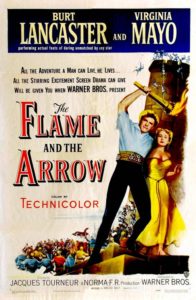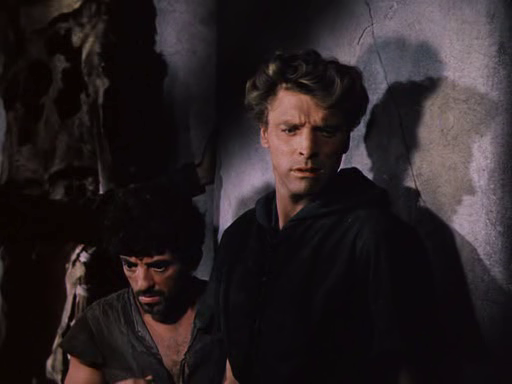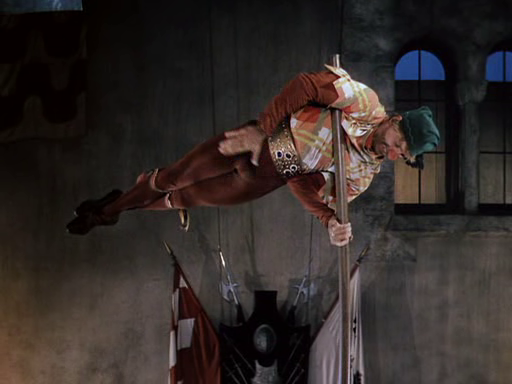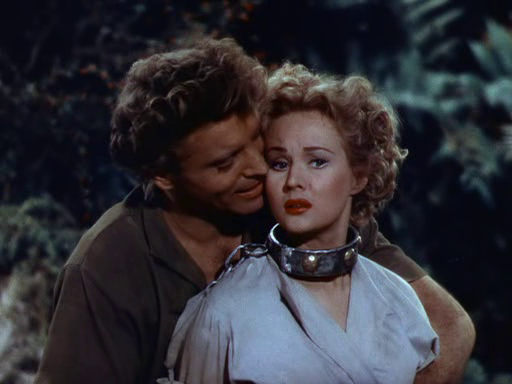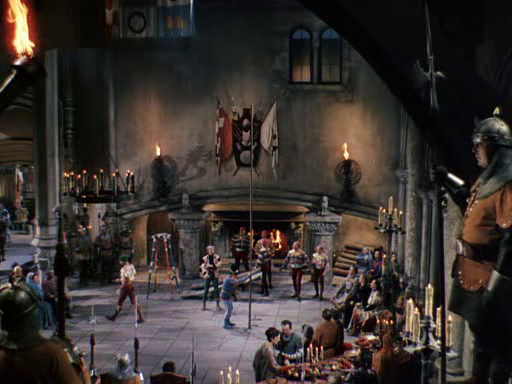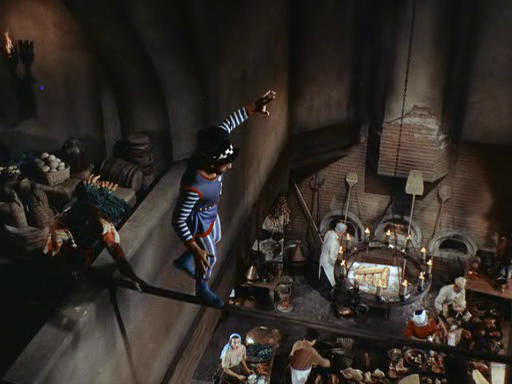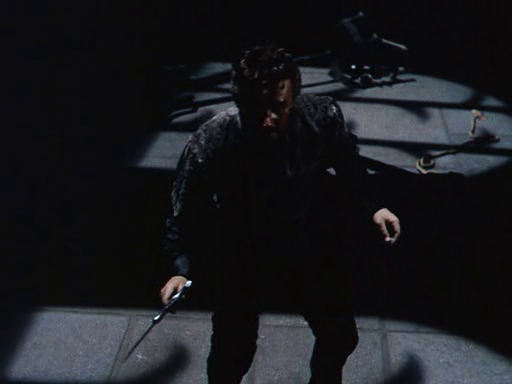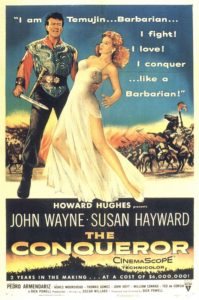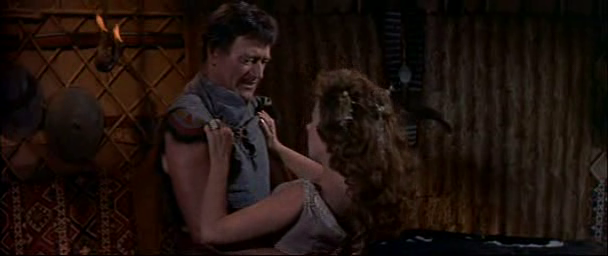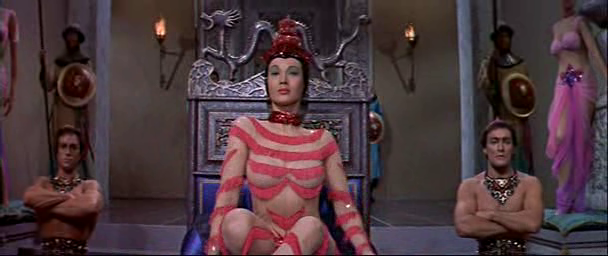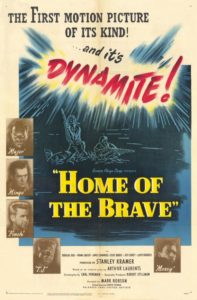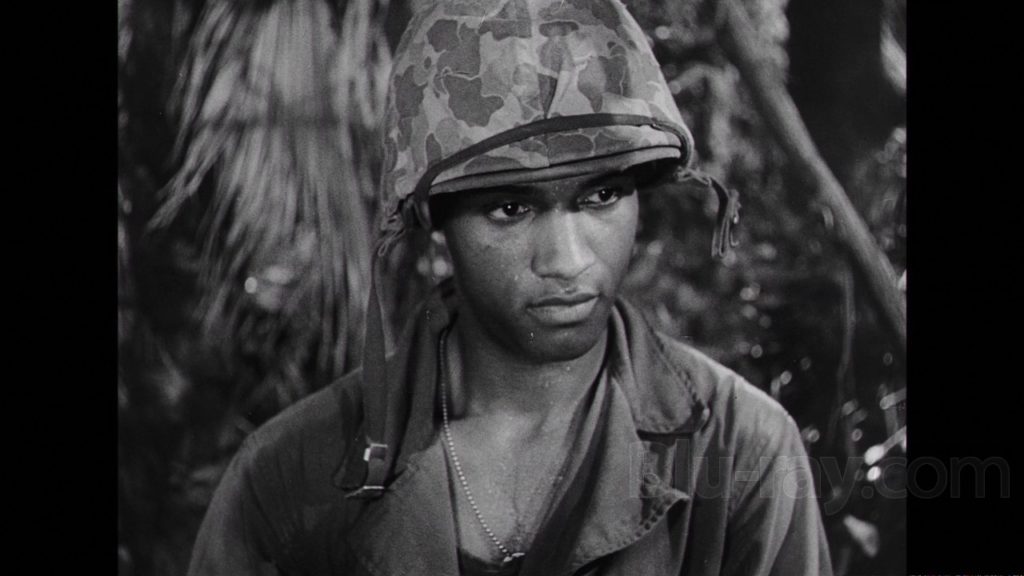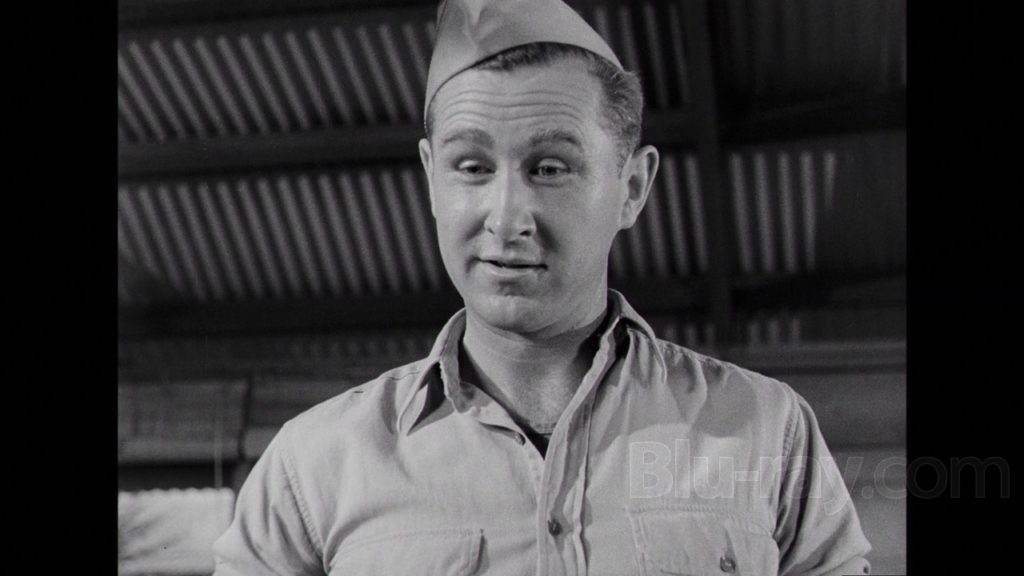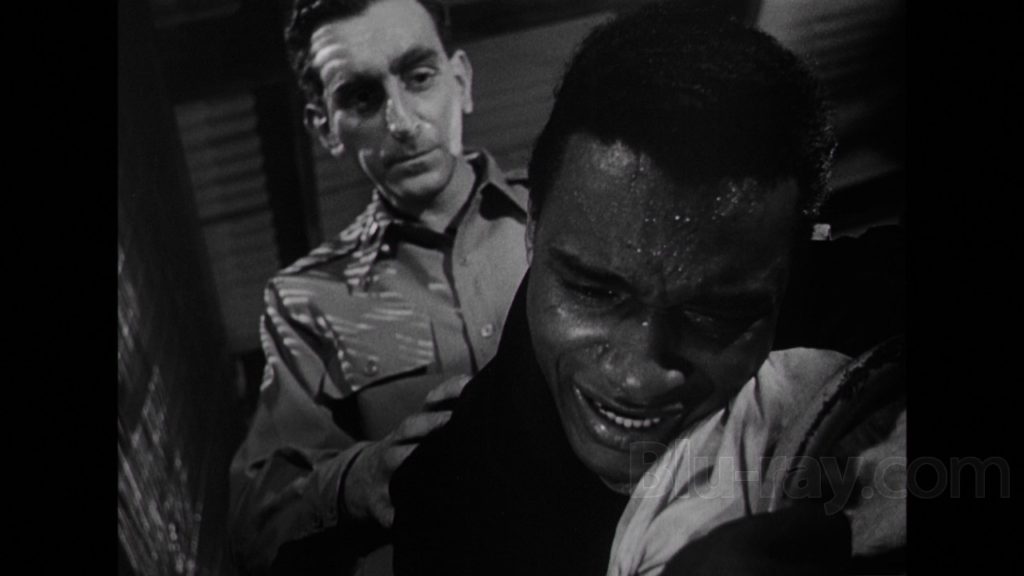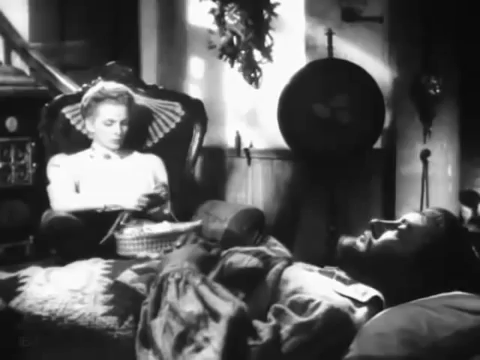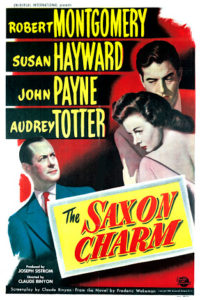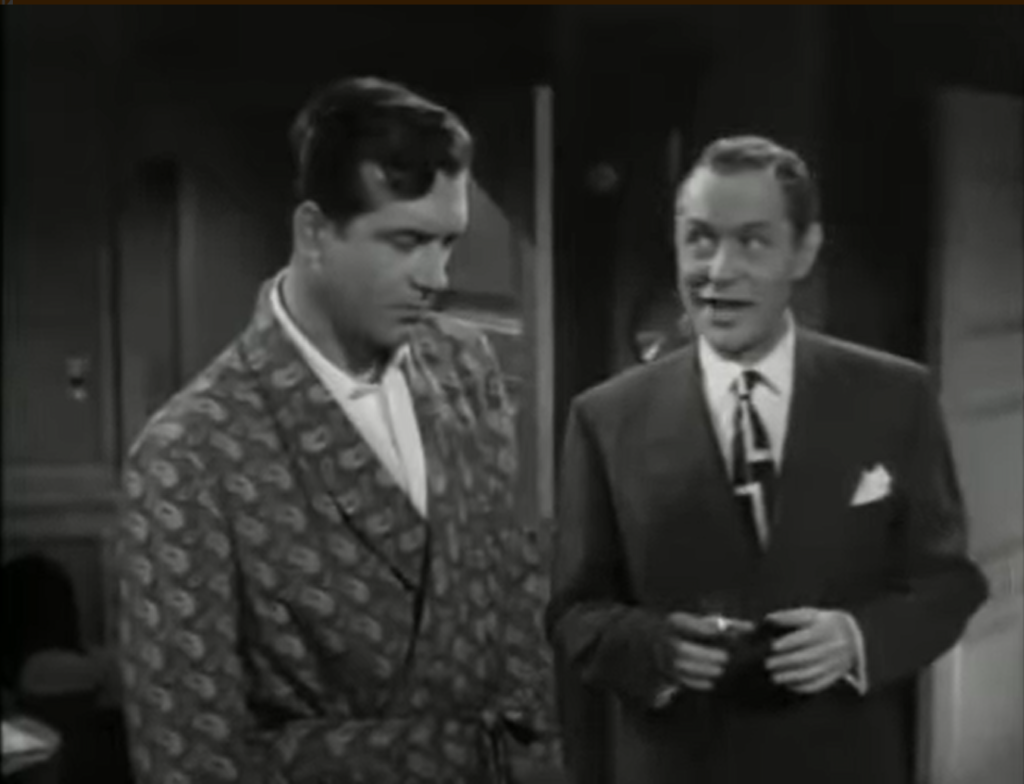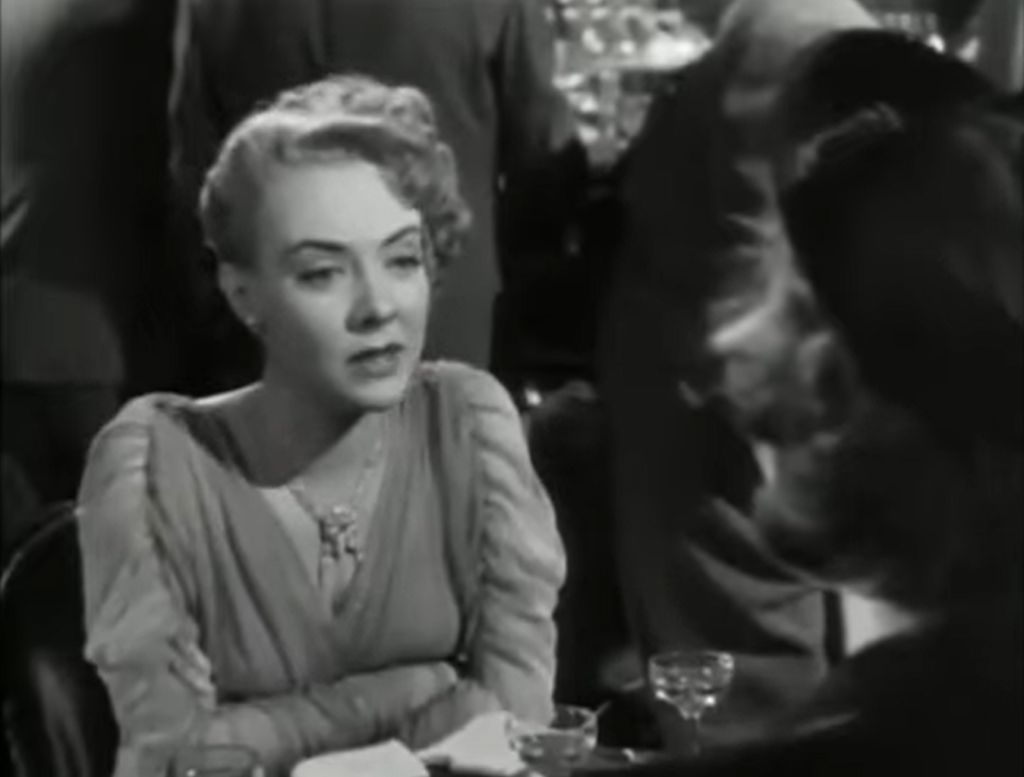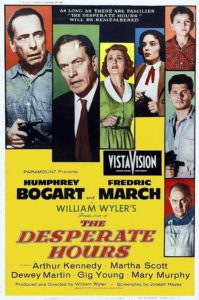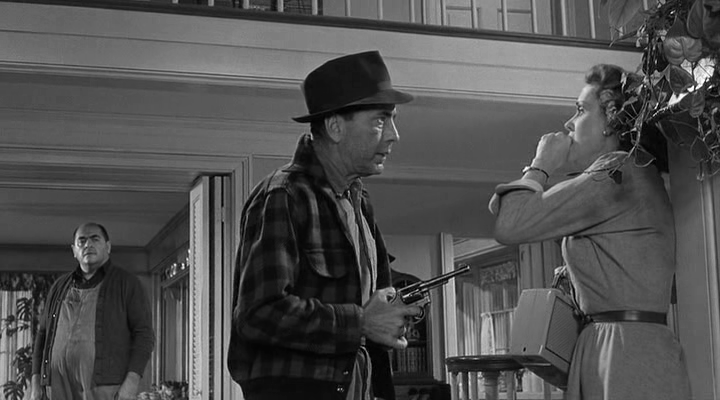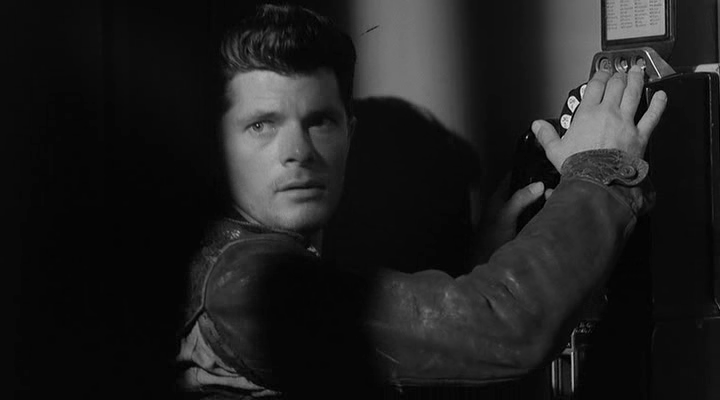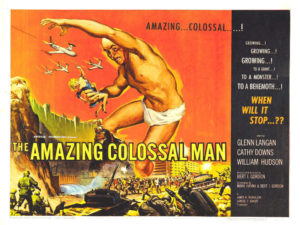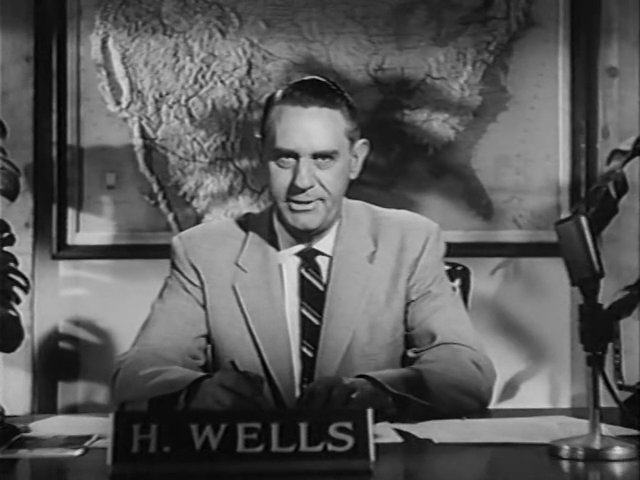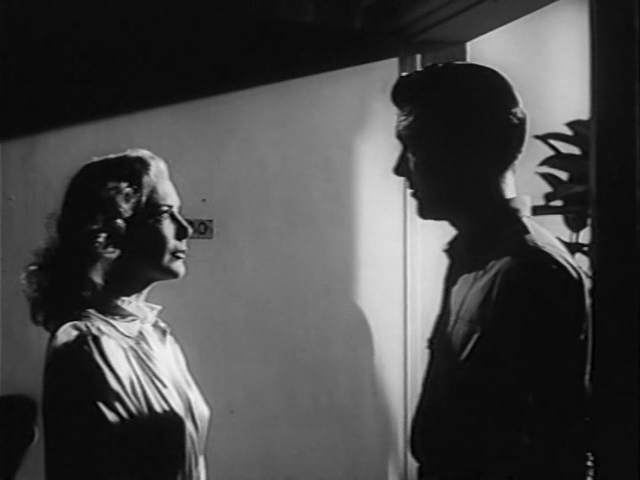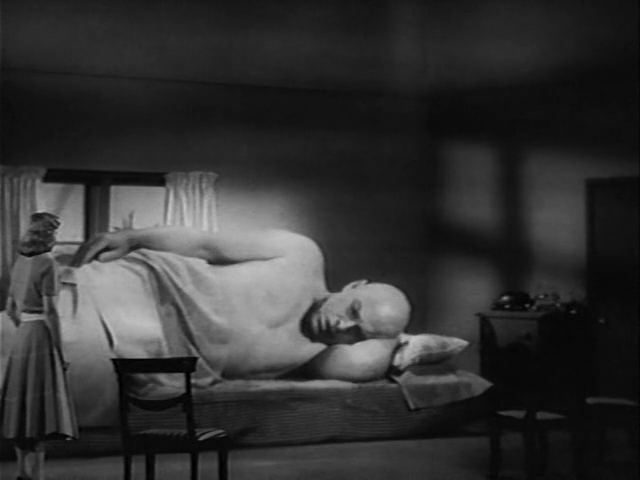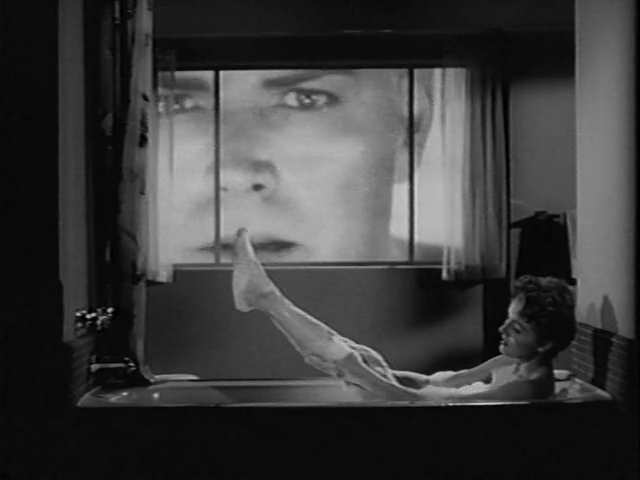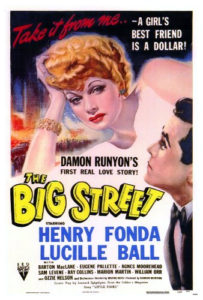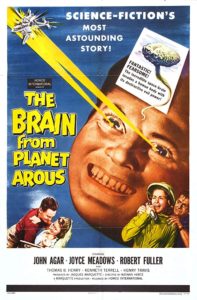|
Genres, Themes, Actors, and Directors:
- Agnes Moorehead Films
- Disabilities
- Gangsters
- Henry Fonda Films
- Lucille Ball Films
- Obsessive Love
- Road Trip
- Showgirls
Review:
Damon Runyon produced this dark fairy tale (based on his own short story “Little Pinks”) taking place in a unique milieu of kindly gamblers and gangsters with oddly articulate speech (as noted by the New York Times, “the weirdly named touts, gamblers, racketeers and hoodlums continue to distill an inordinate amount of homely humor from a too meticulous use of the English language”). There are plenty of Runyon-esque quirks to be had — including the presence of Agnes Moorehead as a competitive eater who meets her portly soulmate (Eugene Pallette) during the film’s opening sequences:
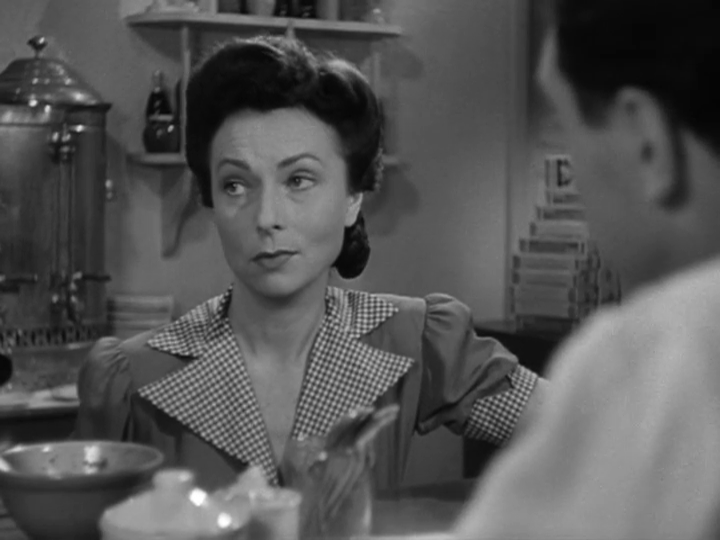
— but it’s challenging to feel much enthusiasm for hapless Fonda, whose blind adoration simply comes across as tragically misplaced gallantry. Ball’s character is intentionally bitchy, and despite her brutal accident, we don’t feel much sympathy for her until the very end:
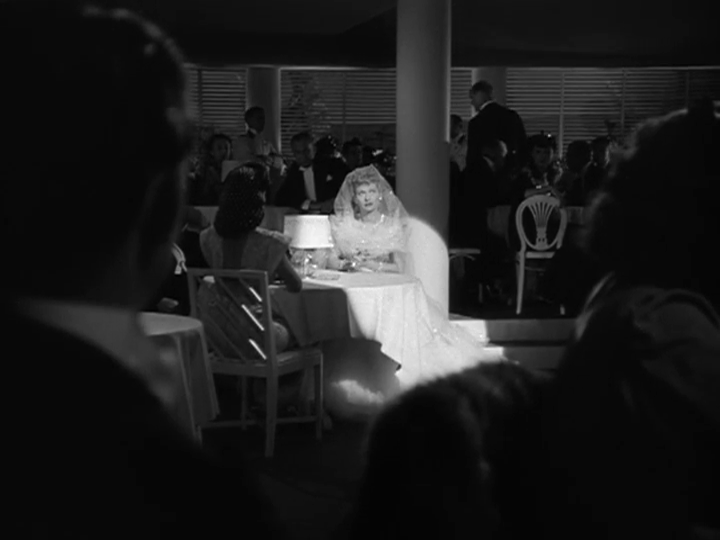
In fact, as written, she’s a downright unpleasant character to spend time with. According to TCM’s article, Andy Warhol apparently referred to this as “the sickest film ever made”, and I suppose that case could be made — it’s easy to imagine John Waters turning this into an even darker and blacker “comedy”, starring Divine in the leading role.
Redeeming Qualities and Moments:
- Russell Metty’s cinematography
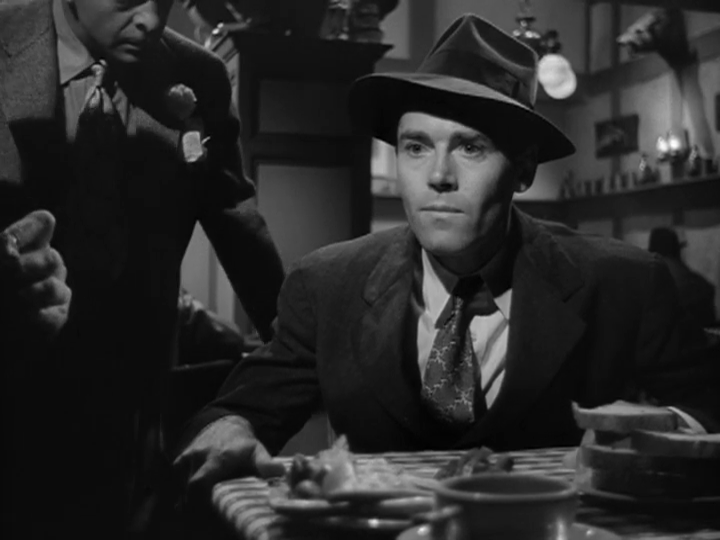
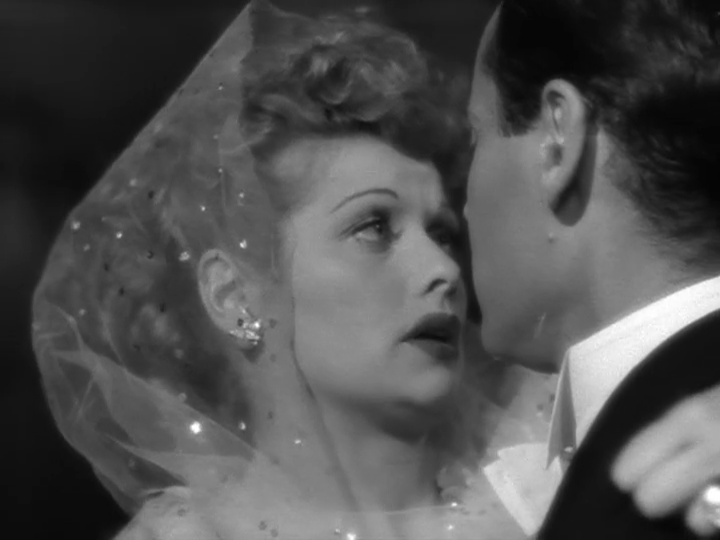
Must See?
No; I’d say this one is only must-see for Lucille Ball or Damon Runyon fans.
Links:
|
